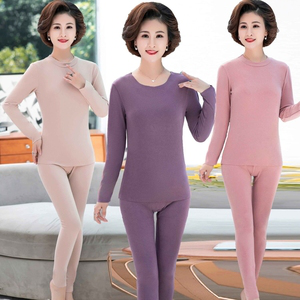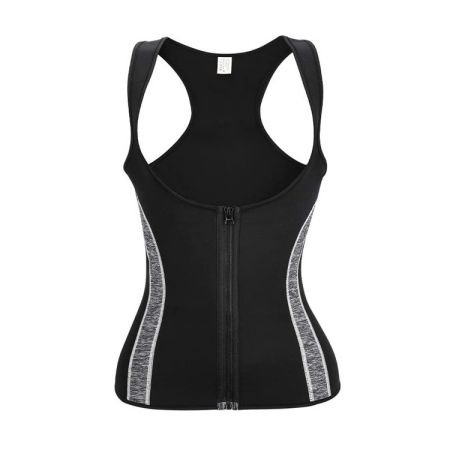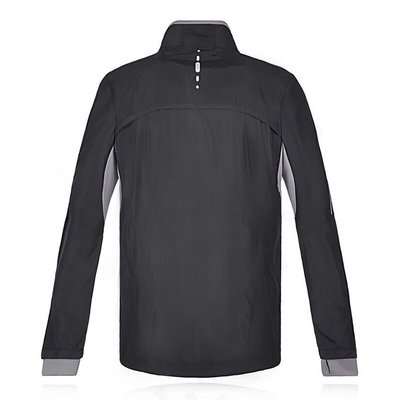Thermal-storage, Heat-retaining and Anti-bacteria Polyester Fiber
47Thermal-storage, Heat-retaining and Anti-bacteria Polyester Fiber
View detailsSearch the whole station
The innovatively designed polyester fiber with differential deformation
in response to heat and humidity endows the fabric with the ability
to actively regulate the human microenvironment by adjusting its
air permeability rate. This unique feature allows for rapid moisture
permeation and sweat evaporation, keeping the skin surface dry and
ensuring continuous comfort for the wearer. It creates an application
scenario where “the more you exercise and the more you sweat, the
more breathable it becomes”
Preparative technique
After esterification of polymeric raw materials, modified monomers are added, and the process proceeds through steps such as pre-polycondensation and final polycondensation to prepare low heat-humidity stimulating polyester chips and high heat-humidity stimulating polyester chips, respectively. Subsequently, these two types of polyester chips are used to produce the fiber through a two-component melt-composite spinning process.
Features of fibers and finished products
Filament: 55dtex/48f,83dtex/48f FDY/DTY
Polyester drawn yarn(GB/T 8960-2015)
Draw drawn textured yarn(GB/T 14460-2015)
Properties of fibers and features of finished products
. The fiber can generate different internal contraction forces under varying .
. The abric features a soft touch and can actively adjust its porosity in response to changesin ambient temperature and humidity, achieving air permeability and quick drying properties, and enabling the humidity and heat management of human microclimate.
Performance indexes of heat-humidity comfortable regulating polyester fiber
| Specifications | Breaking tenacity (cN/dtex) | Elongation at break (%) | Colo rfastness(grade) |
| 83dtex/48f | 2.60±0.20 | 28.0±4.0 | 4.5 |
| Fabric composition | Dry air permeability (mm/s) | Wet air permeability (mm/s) | |
| 100% heat-humidity comfortable regulating polyester fiber(125g subtly patterned small jacquard with grid design) | 830 | 902 | |
| 85% heat-humidity comfortable regulating polyester fiber/15% elastane(80g single-sided jacquard mesh fabric made of dacron-elastane) | 2630 | 2830 |
The downstream application guidance
Weaving: It is used to produce knitted and woven fabrics. The degree to which product advantages are manifested is closely related to the structural design of the fabric. Therefore,knitted fabric can exhibit the functionality of the product to a greater extent.
Dyeing: It is recommended to adopt the high-temperature and high-pressure dyeing method with disperse dyes. For light and medium shades, E-type disperse dyes are recommended,while for dark shades, SE-type dispersed dyes are preferred.
Examples of the downstream applications for heat-humidity comfortable regulating polyester fiber
| Terminal field | Raw material ratio | Count | Main products and properties |
| Specification | 60% Heat-humidity comfortable regulatingpolyester fiber /30% polyester/10% elastane | 60/1 | Used for high-end knitted POLO shirts, it features moistureabsorption, air permeability, softness, skin-friendliness, and a non-sticking feeling |
| 89% heat-humidity comfortable regulating polyester fiber/11% elastane | 60/1 | Used for sportswear, it features moisture absorption, airpermeability, softness, skin-friendliness, and a non-sticking feeling | |
| 85% heat-humidity comfortable regulating polyester fiber/15% elastane | 60/1 | Used for high-end knitted polo shirts and sportswear, it featuresmoisture absorption, air permeability, softness, skin-friendliness,and a non-sticking feeling |
regulating polyester fiber
Application of fibers
Clothing textiles: Sportswear Lingerie
Home textiles: Curtain
Q:How does heat-humidity comfortable regulating polyester fiber achieve active adjustment of the human microenvironment through structural design and molecular association?
A: The research and development of heat-humidity comfortable regulating polyester fiber is based on ecological simulation. The fiber is crafted after a thorough analysis of the structural principles of heat-humidity drivers. The fiber is composed of a composite of two components: low heat-humidity stimulating polyester and high
heat-humidity stimulating polyester, and adopts a form of symmetrical section and asymmetrical internal structure to integrate high polymer molecular design with fiber performance expression. In conditions with high temperature and humidity,deformation occurs between the two components of a single fiber, causing the fibers to become closer to each other. Subsequently, the pores of the fabric open up,facilitate the release of heat and moisture, and accelerate the evaporation of sweat.
In conditions with low temperature and humidity, the fibers become fluffier and the porosity of the fabric decreases, achieving insulation and moisture retention.




Thermal-storage, Heat-retaining and Anti-bacteria Polyester Fiber
View detailsAbstract: The PET short-cut fibre (the fiber length less then 12 mm) is a one of the new productions which wasdeveloping gradually from last 80th.With the development of chemical fibre machine technology, thePET short-cut fiber has more chance to...
View detailsHeat-shielding and Antin ultraviolet Polyamide 6 Fiber
View detailsRare Earth Modified Thermall storage Polyamide 6 Fiber
View details
HelloPlease log in